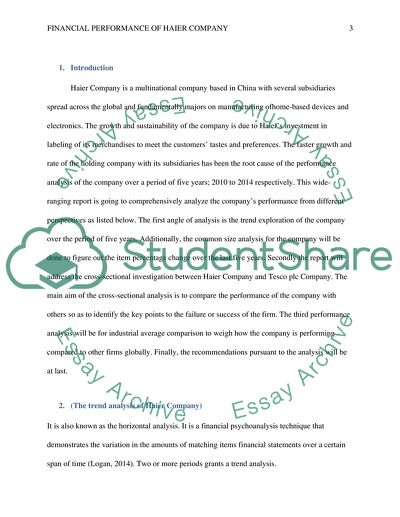Cite this document
(“Analysis Haier Company Essay Example | Topics and Well Written Essays - 2750 words”, n.d.)
Retrieved from https://studentshare.org/finance-accounting/1693660-analysis-haier-company
Retrieved from https://studentshare.org/finance-accounting/1693660-analysis-haier-company
(Analysis Haier Company Essay Example | Topics and Well Written Essays - 2750 Words)
https://studentshare.org/finance-accounting/1693660-analysis-haier-company.
https://studentshare.org/finance-accounting/1693660-analysis-haier-company.
“Analysis Haier Company Essay Example | Topics and Well Written Essays - 2750 Words”, n.d. https://studentshare.org/finance-accounting/1693660-analysis-haier-company.


